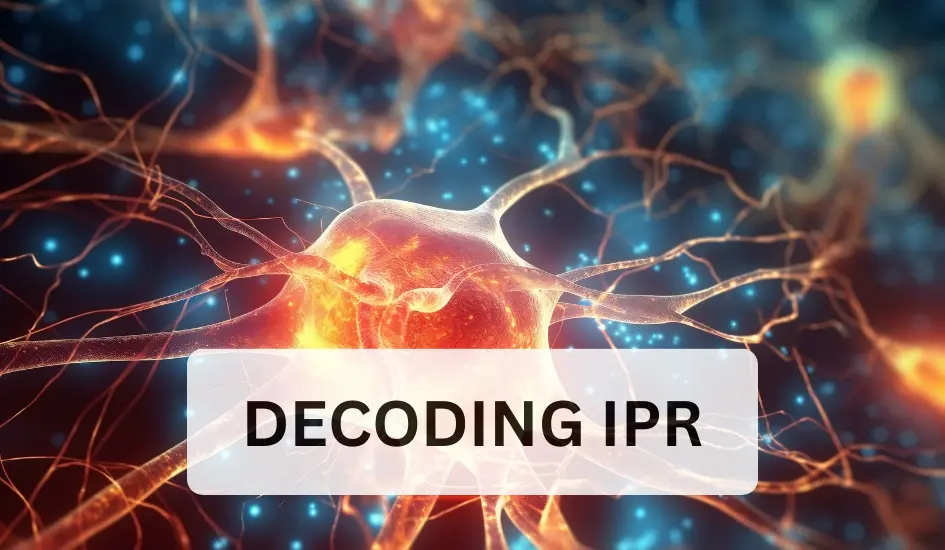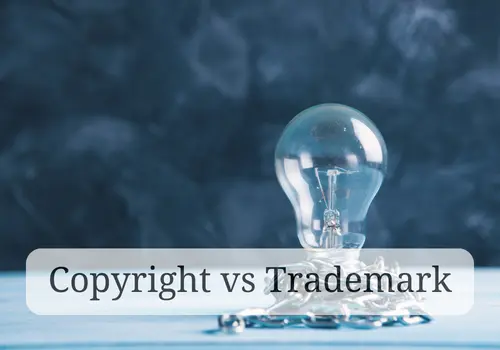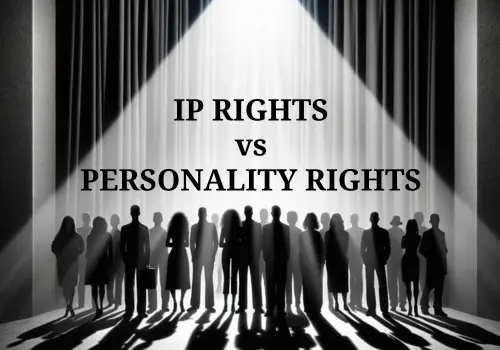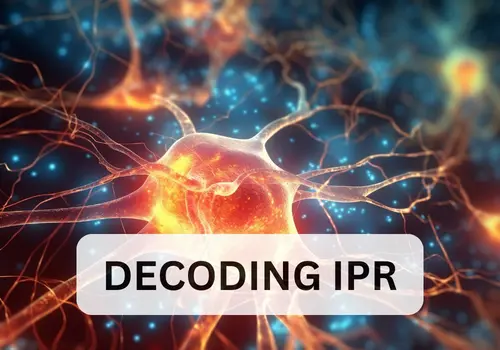Decoding IPR
What is Intellectual Property?
Human history is a chronicle of humans applying their imagination, innovation, and ingenuity to solve issues or articulate concepts based on information already known.
The system of intellectual property (IP) is intended to safeguard the creative works of humanity both domestically and internationally. A definition of intellectual property is not provided explicitly in either the TRIPS Agreement or the Convention Establishing the World Intellectual Property Organization (WIPO). However, let's break down what this means:
The word "Intellectual Property" refers to the intangible works of the human mind.
These can include creations, literary and creative works, names, symbols, designs, and visuals that are utilized in trade. Intellectual property basically refers to everything that is the product of human invention or innovation.
The term "Rights" describes the legal privileges or safeguards offered to people or organizations about their intellectual property. The use, replication, distribution, and commercialization of an inventor's or creator's work are all exclusively within the purview of these rights.
What is not IP?
While Intellectual Property refers to the creations of the mind, certain types of creations cannot be protected as intellectual property.
Ideas, Beliefs, and Concepts are typically not protected since intellectual property law protects how these are expressed or used but not the ideas themselves. Basic language, common knowledge, and daily expressions are not protected by intellectual property laws.
Being considered as discoveries rather than inventions, natural laws and occurrences are also not included. Unless they are unique and connected to certain products or services, names, titles, and brief words are not protected under Intellectual Property.
Similarly, Business Methods are non patentable under the Indian Patent Act. Even if certain features of the claimed invention are in fact patentable, any innovation that comprises or incorporates a business method will be excluded from patentability. They are, however, patentable if an innovative approach resolves a "technical" issue and a device or system is created with it.
Categories of Intellectual Property
Although Ideas and Business Methods are not considered as Intellectual Property, various other categories fall under the ambit of Intellectual Property. They include:
- Copyrights related to protecting literary and artistic works,
- Trademarks protecting symbols, names, logos, slogans,
- Patents granting the inventor exclusive rights to his inventions and innovations,
- Industrial Designs protecting the visual design or appearance of a product,
- Geographical Indications protecting products of a specific geographical origin, and
- Plant variety rights giving breeders exclusive rights to produce, sell, and distribute the new variety for a specified period.
The owner of an Intellectual Property enjoys exclusivity over that IP. No one may utilize intellectual property without authorization from the right holder or a valid reason. Exclusiveness in the context of patents and trademarks also refers to the restriction of two or more rights that are identical. Moreover, Rights in intellectual property that are granted by a nation's laws are only valid within that nation's borders.
Intellectual property rights are the foundation of innovation, creativity, and economic growth by providing creators and innovators with the legal protection and incentives they need to bring their ideas to life.














